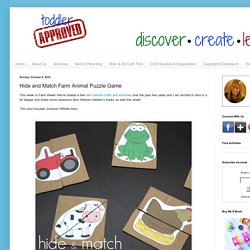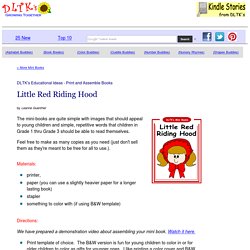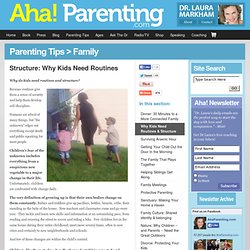

Feelings. Hide and Match Farm Animal Puzzle Game. This week is Farm Week!

We've shared a few farm animal crafts and activities over the past few years and I am excited to dive in a bit deeper and share some awesome farm themed children's books as well this week! This post includes Amazon Affiliate links. For our Weekly Virtual Book Club for Kids we are featuring The Little Blue Truck by Alice Schertle this week! To kick off the week we decided to play around with some farm animal pictures and put together a farm animal puzzle game. This activity introduces a few of the basic animals you might have on a farm and teaches their names. This is an easy game to pull together. To make the farm animal puzzle game you start by printing out the farm animal images and then cutting them out.
Once the animals (and objects- like the barn) are cut out, glue each picture onto a square piece of cardboard. For older kids you could cut the pictures/cardboard into 3-4 pieces. Once the pictures are cut up, you are ready to play! Name Activities. DLTK's Make Your Own Books - Little Red Riding Hood. < More Mini Books by Leanne Guenther The mini-books are quite simple with images that should appeal to young children and simple, repetitive words that children in Grade 1 thru Grade 3 should be able to read themselves.

Feel free to make as many copies as you need (just don't sell them as they're meant to be free for all to use.). Materials: printer, paper (you can use a slightly heavier paper for a longer lasting book) stapler something to color with (if using B&W template) Directions: We have prepared a demonstration video about assembling your mini book. Print template of choice. Photos aren't for this book, but the system works the same Fold with pictures outand trim if necessary stack with odd numbers on top staple. Mikulecky - Using Internet-Based Children's Literature to Teach EFL. The Internet TESL Journal Larry J.

MikuleckyMikuleck(at)Indiana.eduIndiana University, Bloomington (Bloomington, IN, USA) Introduction Even though it has been nearly twenty-five years since scholars began exhorting EFL and ESL teachers to use children’s and young adult literature to teach adult learners (Flickinger, 1984), the practice has never become wide-spread. During the past two decades, research has continued to document the benefits of extensive L2 reading within one’s proficiency range (e.g. children's and young adult literature).One likely explanation for this puzzling situation of documented benefits but little actual use is the problem of access (i.e. locating a sufficient range of simple literature in English in a form that is economically feasible). Goshen (1997), an EFL teacher with experience teaching in Lebanon, Syria and the United Arab Emirates, has noted that expense is a major hurdle. Evidence Supporting the Extensive Reading of Comprehensible Material References.
Structure: Why Kids Need Routines. Why do kids need routines and structure?

Because routines give them a sense of security and help them develop self-discipline. Humans are afraid of many things, but "the unknown" edges out everything except death and public speaking for most people. Children’s fear of the unknown includes everything from a suspicious new vegetable to a major change in their life. Unfortunately, children are confronted with change daily. The very definition of growing up is that their own bodies change on them constantly. And few of these changes are within the child’s control. Children, like the rest of us, handle change best if it is expected and occurs in the context of a familiar routine. Unpredictable changes – Mom called away on an unexpected business trip, a best friend moving, or more drastic, parents divorcing or a grandparent dying – erode this sense of safety and mastery and leave the child feeling anxious and less able to cope with the vicissitudes of life.
NO! 1. 2. 3. 4. 5. 6. 7.